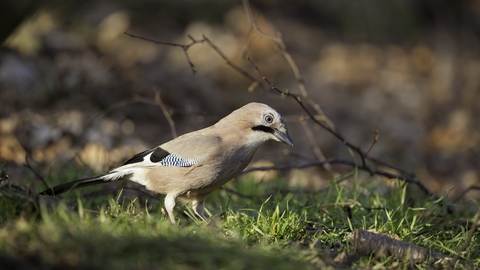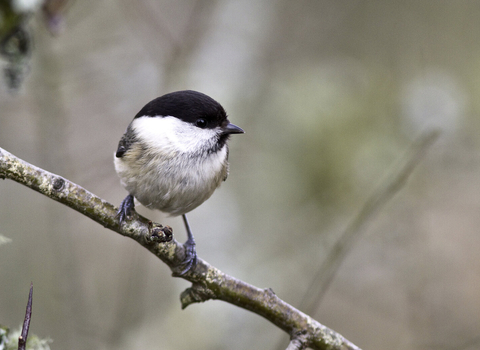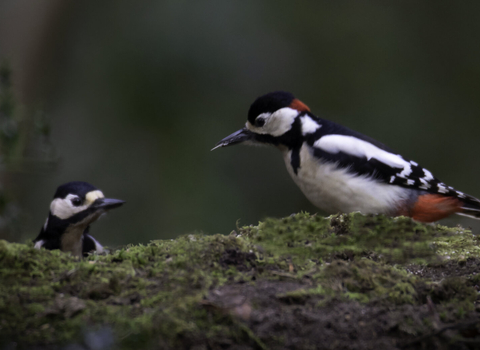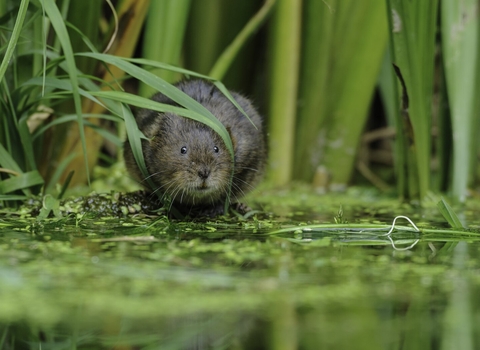
Jay (Garrulus glandarius) in woodland setting, Scotland, UK - Mark Hamblin/2020VISION
Coed Simdde Lwyd, Rheidol Valley, Ceredigion
Location
Know before you go
Dogs
When to visit
Opening times
Open access reserveBest time to visit
Spring and summerAbout the reserve
The reserve is a Sessile Oak wood on a steep south-facing slope. The canopy is almost pure Sessile Oak, with Downy and Silver Birch dominant in some areas. A stream, at the eastern end, drains steeply into the Afon Rheidol. Here the canopy is more diverse with additional species such as Alder, Ash, Blackthorn, Small-leaved Lime, Sycamore, Wild Cherry, and Wych Elm.
The ground flora is typical of acid woodland in mid Wales, and includes Bluebell, Common Cow-wheat, Common Violet, Foxglove, Sheep’s-bit, Opposite-leaved Golden Saxifrage, Primrose, Wood Anemone, Yellow Pimpernel, Heather, and Bilberry.
Nine species of fern are recorded, including Wilson’s Filmy Fern, which occurs in small quantity on the steep rock on the southwest side of the stream, along with the calcicolous moss Ctenidium molluscum and the prominent leafy liverwort, Bazzania tribolata.
Breeding birds include species typical of this type of woodland, such as Pied Flycatcher, Redstart, and Wood Warbler. Buzzard, Jackdaw, Jay, Long-tailed Tit, Raven, and Robin are also regularly seen. Badgers use the reserve extensively, and Brown Hares use the woodland edges.



